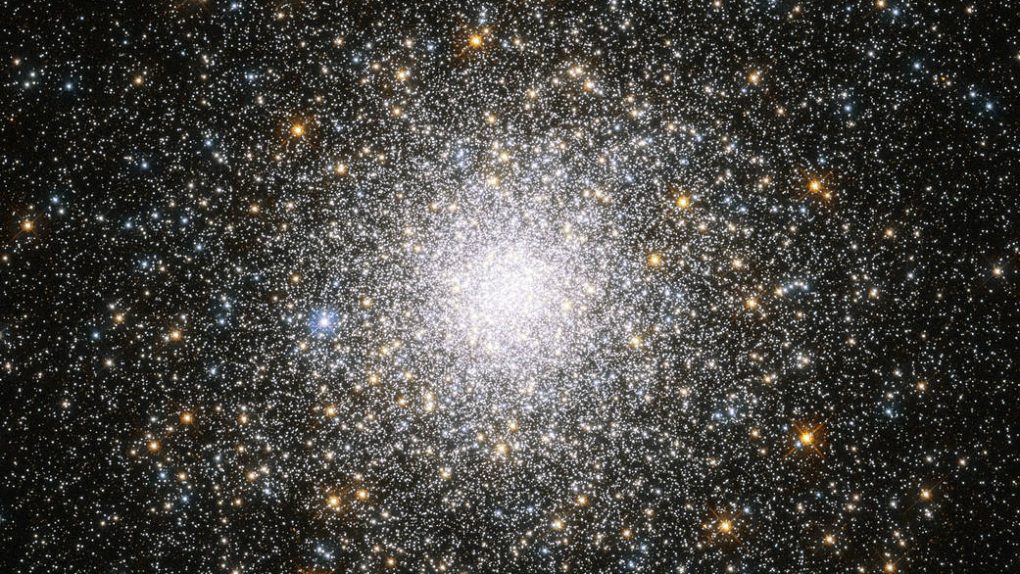- Hydrogen-rich worlds may host life, according to a new research paper that shows microorganisms not accustomed to an atmosphere of hydrogen can survive and reproduce in it.
- The study proved that E. coli and yeast both continue to live despite the dramatic shift to a 100% hydrogen atmosphere.
- Going forward, the researchers say we should consider hydrogen-rich worlds as potential sources of alien life.
- Visit BGR’s homepage for more stories.
When high-powered telescopes gaze deep into space in search of exoplanets, the worlds they discover are always interesting for one reason or another. The ones that are closest to Earth in size and composition are the most exciting, since we imagine rocky planets like our own offer the best chance at finding life.
Planets residing in the habitable zone around their star are even more exciting because they offer the slim possibility that liquid water exists on their surface. We imagine water as crucial to life, and oxygen is obviously a big plus, too. But what if we’re not giving Mother Nature nearly enough credit? What if worlds that are soaked in hydrogen and would be hostile to earthly life are actually suitable hosts for life in different forms?
In a new paper published in Nature Astronomy, a team of scientists suggests that not only could a hydrogen-heavy world support life, but that life might actually thrive on such planets. The researchers base their optimism on experiments that showed both yeast and E. coli are capable of not only surviving but reproducing in an atmosphere containing 100% hydrogen.
Here on Earth, hydrogen gas isn’t plentiful. However, the opposite is true for many other rocky worlds. Astronomers know this because lightweight hydrogen gas in a planet’s atmosphere leads to a larger “bubble” around the world. This makes planets with hydrogen-rich atmospheres easy to spot, but it doesn’t necessarily tell us if life exists there.
The researchers stop well short of making any bold declarations — they never suggest that alien life on a hydrogen-rich planet is a foregone conclusion, for example — but they do prove that life could exist in such an environment.
“We demonstrate that single-celled microorganisms that normally do not inhabit H2-dominated environments can survive and grow in a 100% H2 atmosphere,” the researchers write. “We also describe the astonishing diversity of dozens of different gases produced by E. coli, including many already proposed as potential biosignature gases. This work demonstrates the utility of laboratory experiments to better identify which kinds of alien environments can host some form of possibly detectable life.”
So, if we’re hunting for alien life on distant planets, it seems we have more options than we might have initially assumed. Of course, the hard part is actually finding it, and we’ve not yet come close to accomplishing that loft goal.








